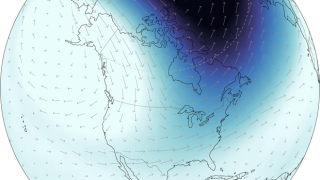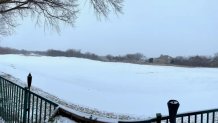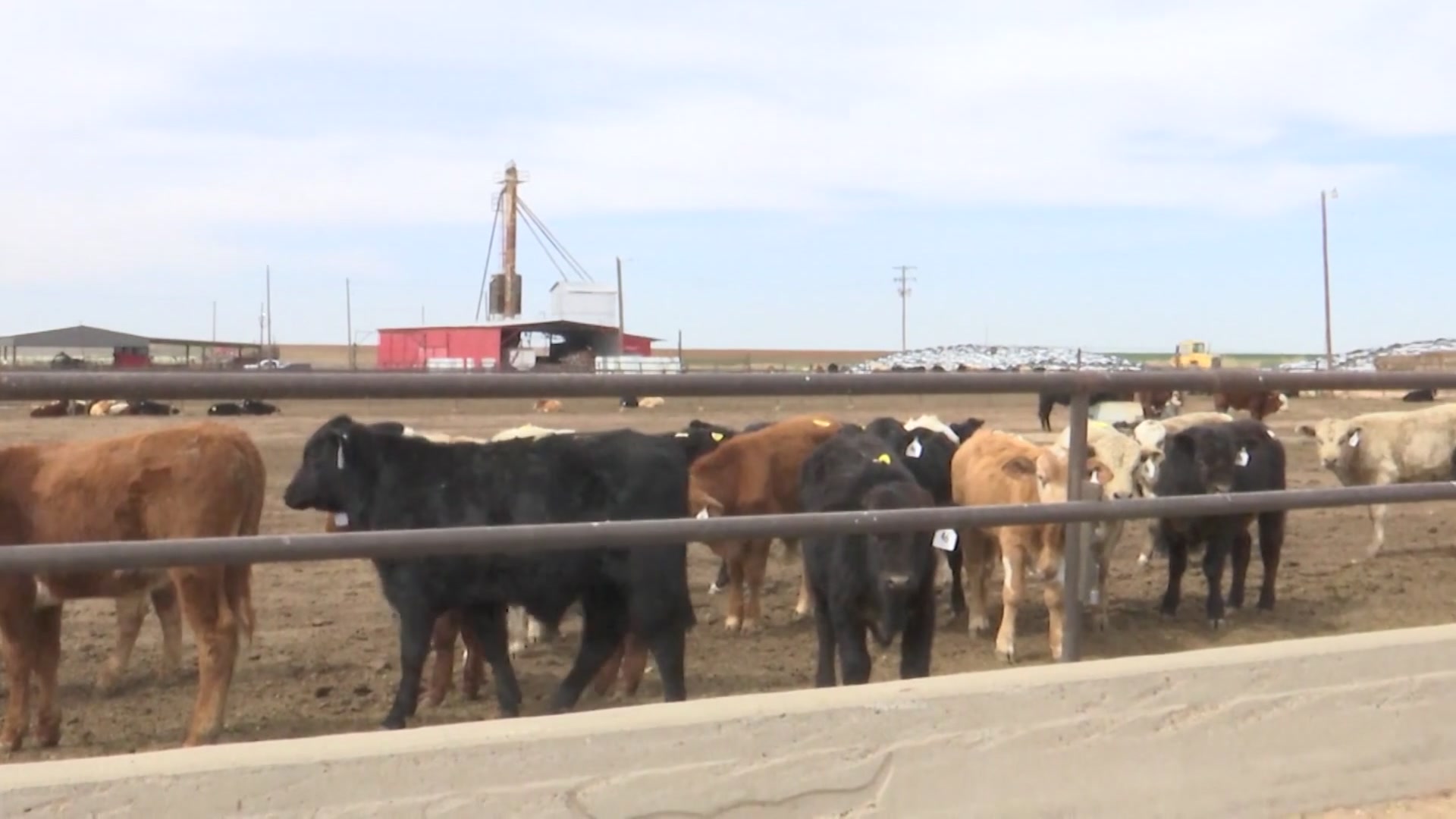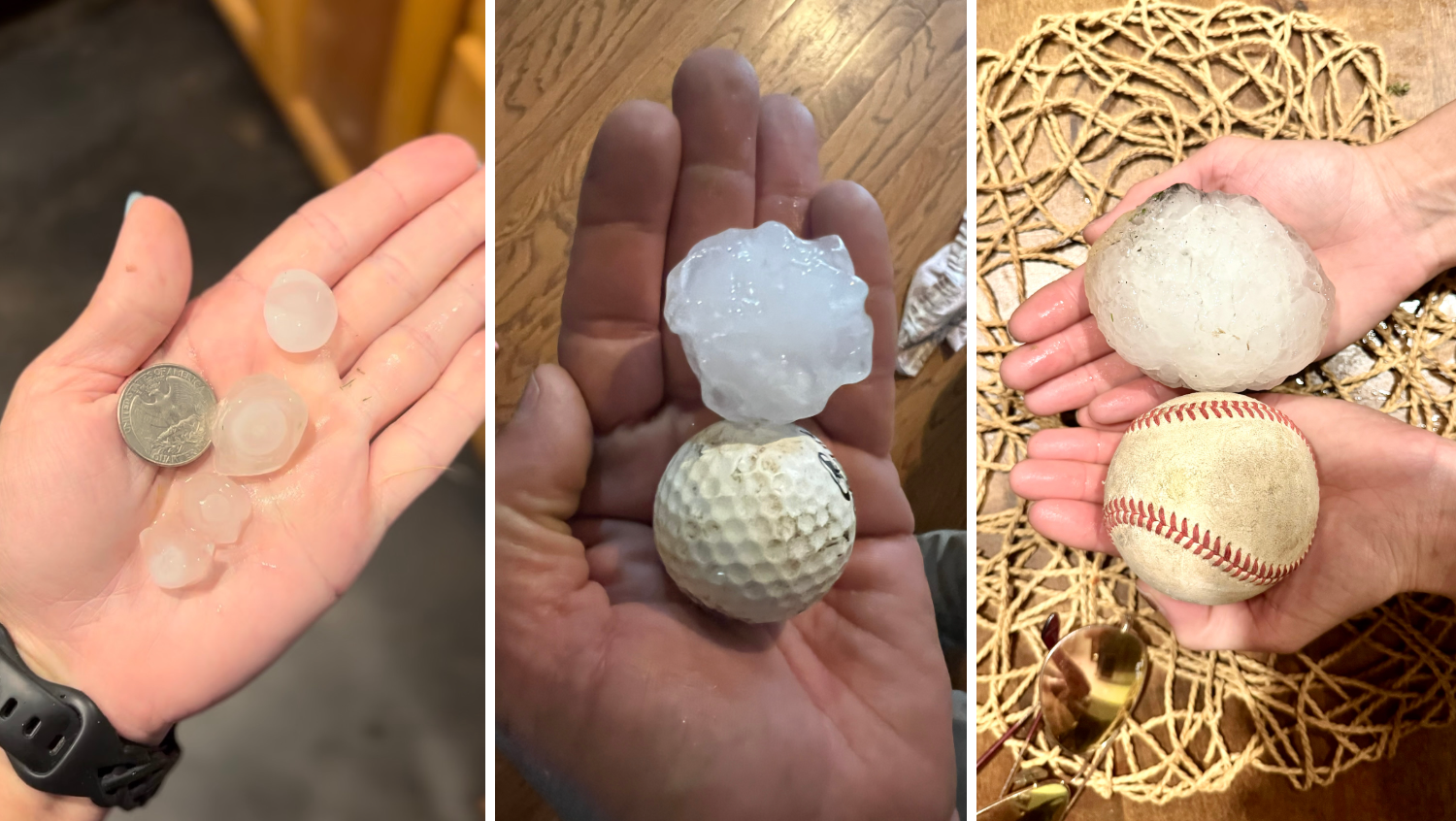
It will be unseasonably warm for the next few days (highs in the 70s), but at some point this winter it will likely get cold and people will use the term “Polar vortex”.
The polar vortex was pretty much an unknown term in everyday life until 2014 when a severe cold snap impacted parts of the US. Chicago hit a record low of -16 and flights in the Midwest and Northeast were canceled because it was to cold to fly.
Today, you hear it being talked about almost every winter, and cold spells are becoming more severe breaking temperature records.
A disruption in the polar vortex was to blame for the February 2021 freeze in North Texas. DFW Airport recorded 139 consecutive hours of at, or below freezing temperatures.
Get DFW local news, weather forecasts and entertainment stories to your inbox. Sign up for NBC DFW newsletters.

The lowest temperature recorded during that outbreak was -2 degrees F. The state saw snow and widespread power outages resulting in several fatalities from the cold and traffic accidents.

Following the February 2021 freeze, NBC 5 talked to Dr. Jennifer Francis, a senior scientist at the Woodwell Climate Research Center near Boston about the polar vortex.
Local
The latest news from around North Texas.
When it comes to the research about it she said “We are working on that, I think that question is still a very hot research topic, but what we think is going on is that those disruptions in the polar vortex, that I was just talking about are happening more often and we think that climate change is contributing to that."
Polar vortex research is a relatively new research topic. The more we know about the Polar vortex, the better we can predict frigid outbreaks.
You can now keep up with the latest on the polar vortex and learn more about it. NOAA’s Climate.gov has created a new Polar Vortex Blog. This blog will discuss various elements of the winds, climate, and chemistry within the region of the atmosphere known as the polar stratosphere. Meteorologists will also explain how this region can sometimes drive big changes in our weather patterns.
You can also track where the polar vortex is. This image from December 4, 2023, shows the polar vortex at the North Pole.

To read the new blog visit: https://www.climate.gov/news-features/blogs/polar-vortex-blog/welcome-polar-vortex-blog



